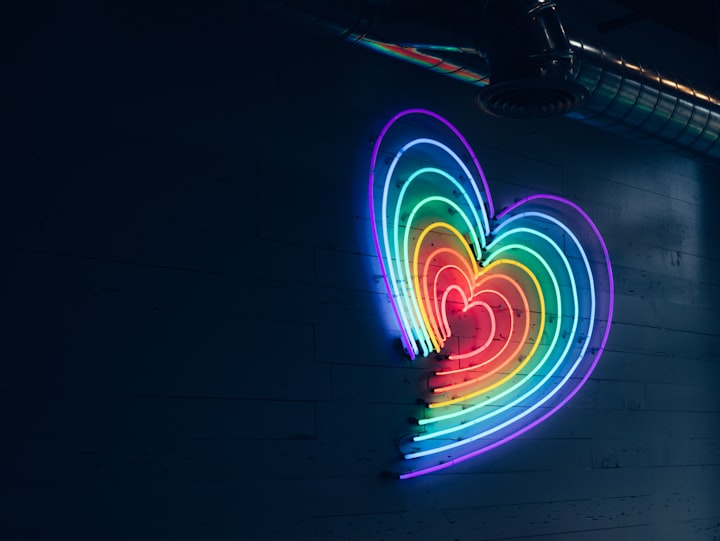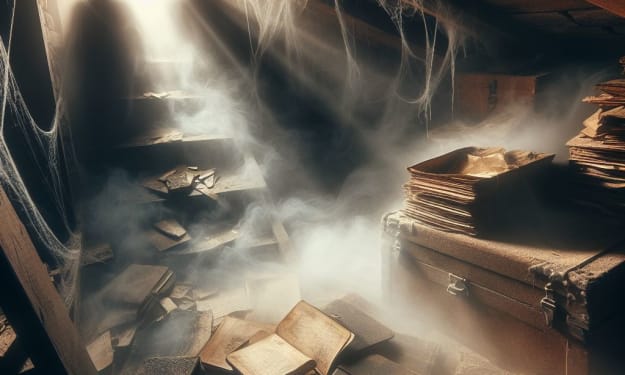The Dawn of Boys Love Craze in the Philippines
In closed door, hears were opened

The pandemic may have brought the world to a standstill but that didn’t stop diverse scenes from progressing. In particular, the LGBTQIA+ community has noticeably taken up spaces in the media landscape now, more than ever.
Now let’s backtrack. The progress that we claim to be true–how true is it? The journey that our people went through, let’s have a run-through, and finally, let us go on a slightly historical but purely educational journey on the success story of the Boys’ Love trend!
Boys’ Love Domination
At the height of the pandemic, the need to cope with loss on top of the turbulent times led people to lean on any kind of support they could get in confinement. As such, the media consumption rate skyrocketed in 2020, according to a Nielsen report.
I, for one, am one of the people who witnessed the BL industry become the next big thing in the mainstream. In the face of terror, romance bloomed and I felt it every time I scrolled through my YouTube algorithm. BL series grew in number and far from the relatively niche and obscure interest that it used to be, BL reached a greater market.
The Unforeseen Beginnings of Boys’ Love
Boys’ Love or Yaoi, more commonly known as BL, is a subgenre that originated from Japan. Mainly starring “pretty boys” or bishonen, this depiction of love between male characters in different forms of media (manga, anime, and video games) was developed by female artists in the 70s.
What is unknown to many is that this industry was a form of entertainment made by the girls for the girls. Call it fetishization if you will, but that was the reality at the time.
As the genre began crossing borders, the take on boys’ love diversified and evolved into its present form.
Notably, there was Thailand that discovered potential and struck gold as it seems.
In 2014, the first BL series to air on Thai national television, “Lovesick: The Series,” was released. It was one of its kind for quite some time but soon,` considering its success in capturing the hearts of local viewers, more shows of the same nature were produced (SOTUS by GMMTV, Make It Right by LINETV).
However, it was not until 2020 that Thai BL reached a breakthrough in viewership, gaining global recognition.
Some would argue that “2Gether The Series” is not the best BL to be ever created but the fact that it was released at an opportune time and is most people’s introduction to the BL world, is undeniable.
Following the franchise’s success, producers from the Philippines, South Korea, Japan, and more countries followed suit.
But did you know? Queer cinema has long existed in the Philippines before Filipino BL series were released during the pandemic (Gameboys, Gaya sa Pelikula, Love Beneath the Stars, Hello Stranger, Quaranthings, etc.).
The presence of gay romance in Philippine media traces back to 1971 with Lino Brocka’s film, “Tubog sa Ginto,” starring premiered actor Eduardo “Eddie” Garcia and Director Mario O’Hara.
Granted that the Philippines is a heavily Catholic country, Brocka was a one-of-a-kind visionary who started a movement with his radical and progressive ideals not just as a pioneer but as a member of the LGBT community as well.
Before Brocka and even during his time, queer characters were added to a plot for comic relief. What defines his involvement in the development of queer cinema is the overarching themes present in his work relevant not just to him personally, but to Filipinos now and then.
What it means for LGBTQIA+ community
The new decade is a huge defining characteristic of our generation. We are living in an age where history is being made in real time and we started it with a literal bang!
But it’s not just the times we’re in that define us. It’s our narratives and experiences that make us who we are.
With the ubiquity of queer media in the world at present, more and more people who identify as such find the courage to step out and show out. This rings true in the Philippines.
However, in these times, we must stress the importance of authentic representation. There are specific stories better told when the cast has a personal and deeper understanding of the complex and nuanced experiences of LGBTQIA+ members.
Hence, as far as the Philippines is concerned, our work is cut out for us.
Moving past the proven commercial success of BL, the challenge of real representation persists. Casting actors that meet the aesthetic sets us back and to overcome this means we can achieve real visibility.
Have we grown out of problematic beliefs and prejudices against gay people or are we imposing yet another standard that puts them in a box? Sometimes, a self-check is necessary.
About the Creator
Yvounne Bermudo
Yvounne Bermudo is a fourth-year journalism student at Polytechnic University of the Philippines.






Comments
There are no comments for this story
Be the first to respond and start the conversation.